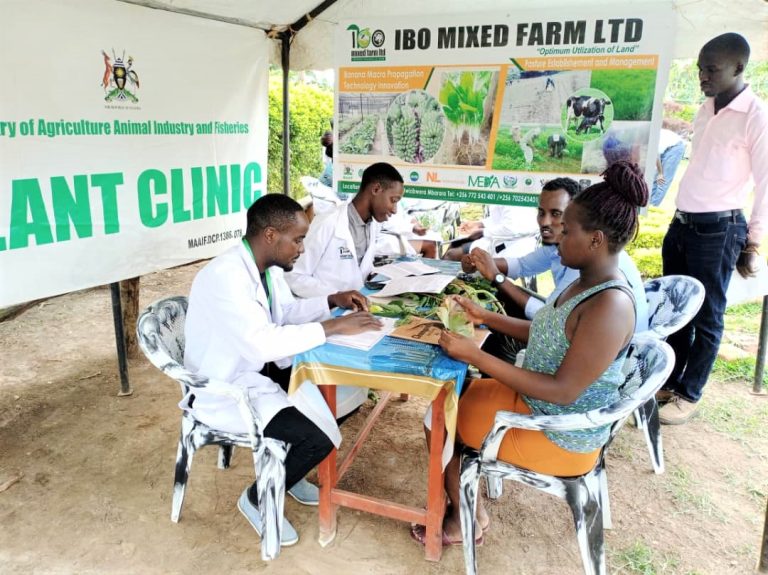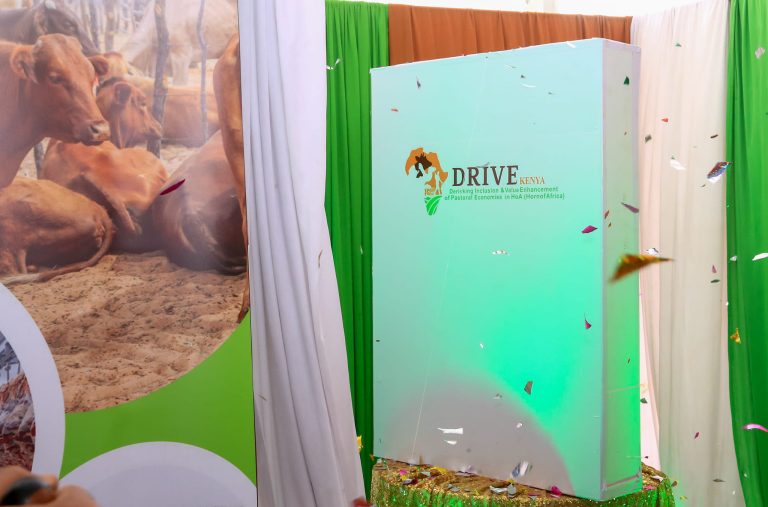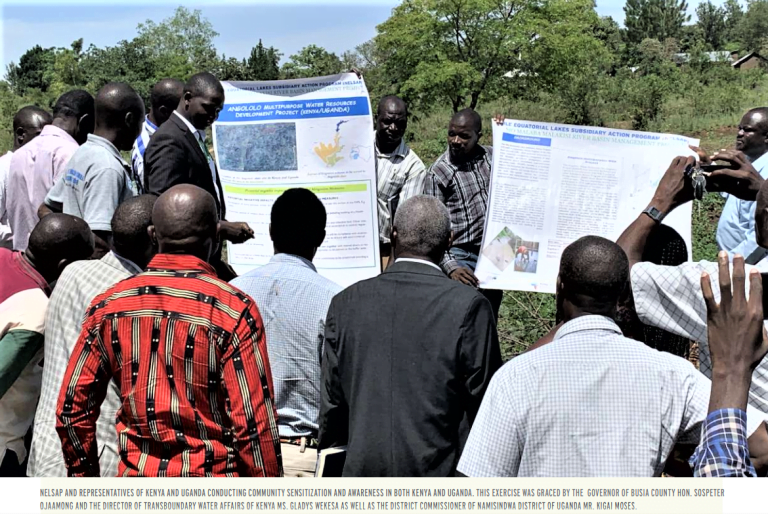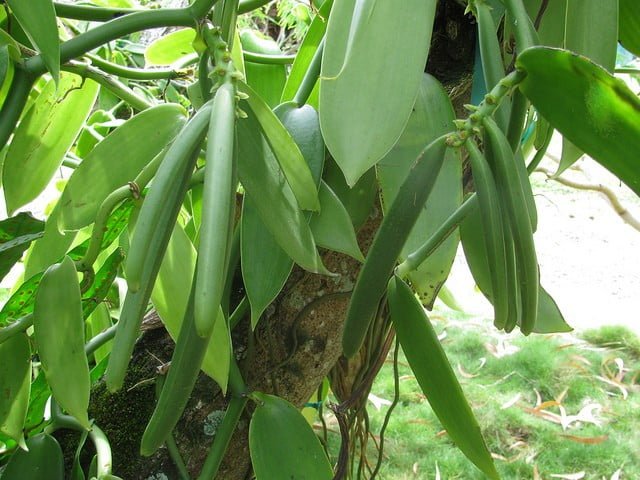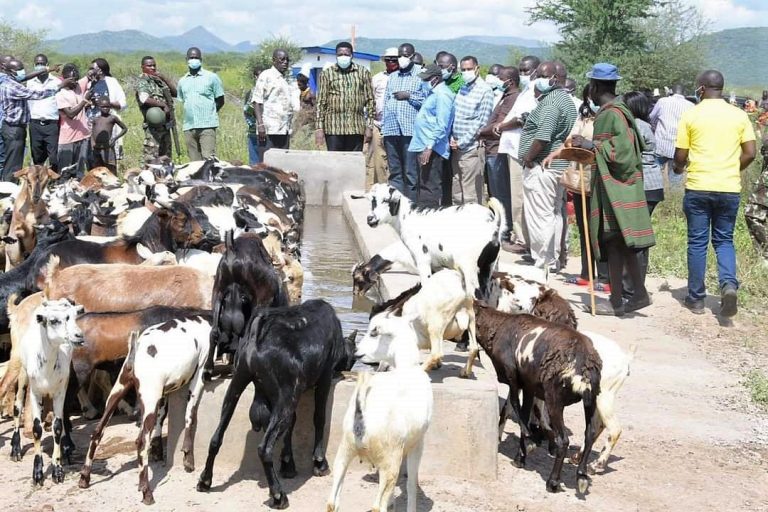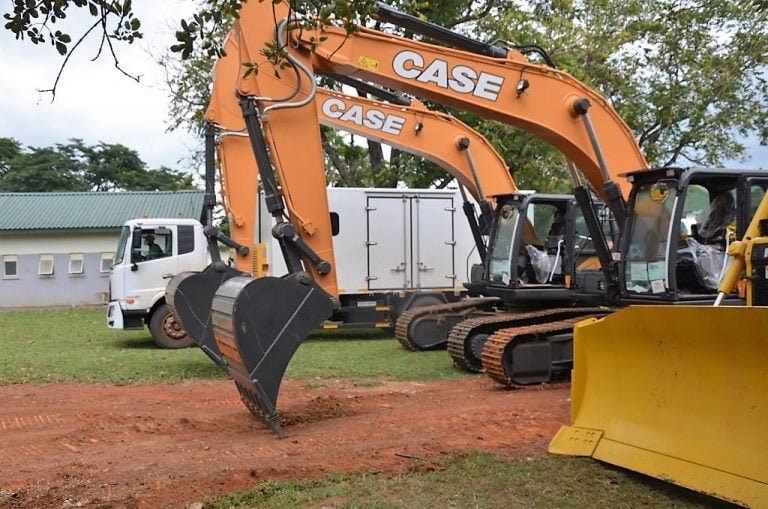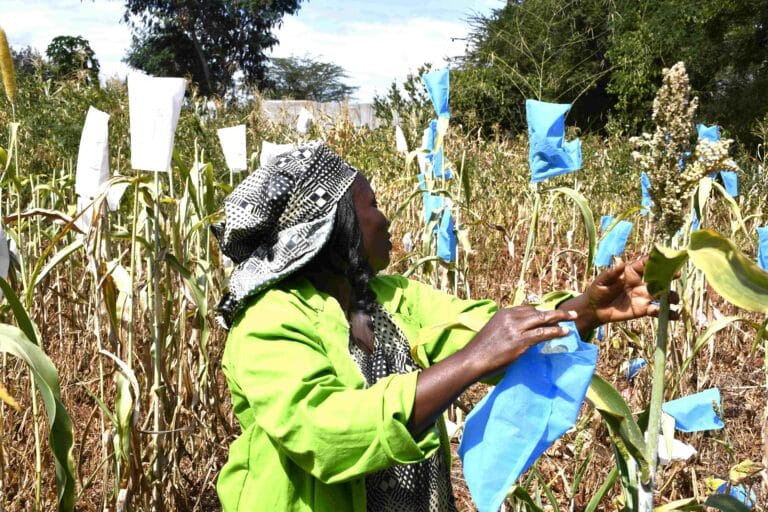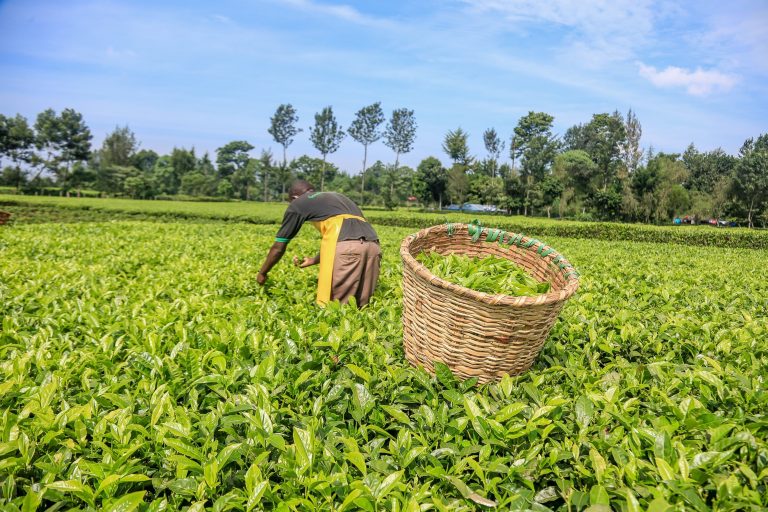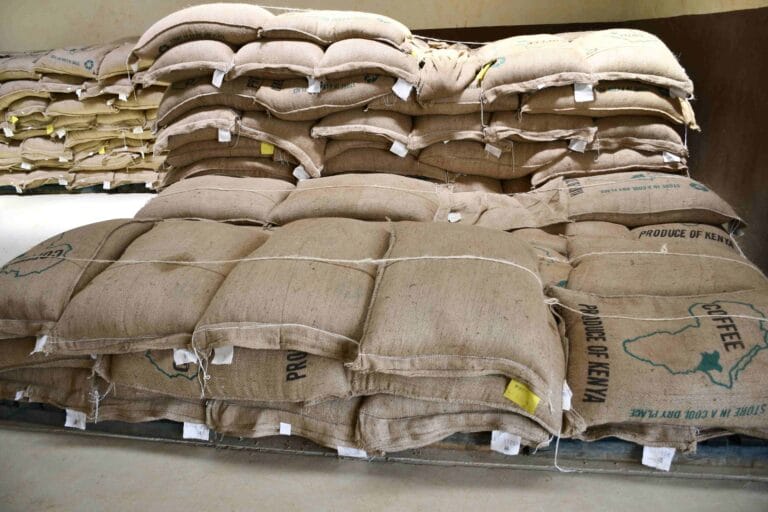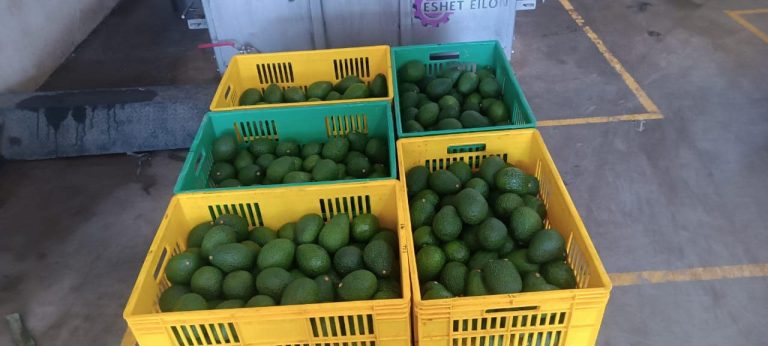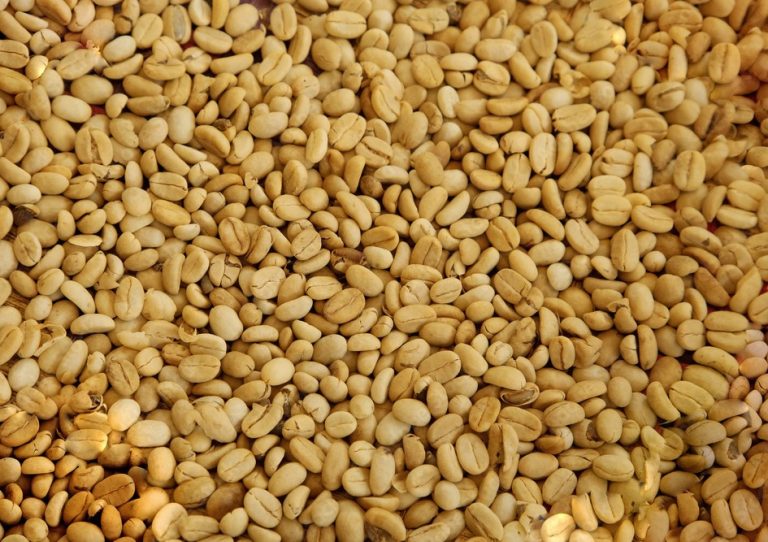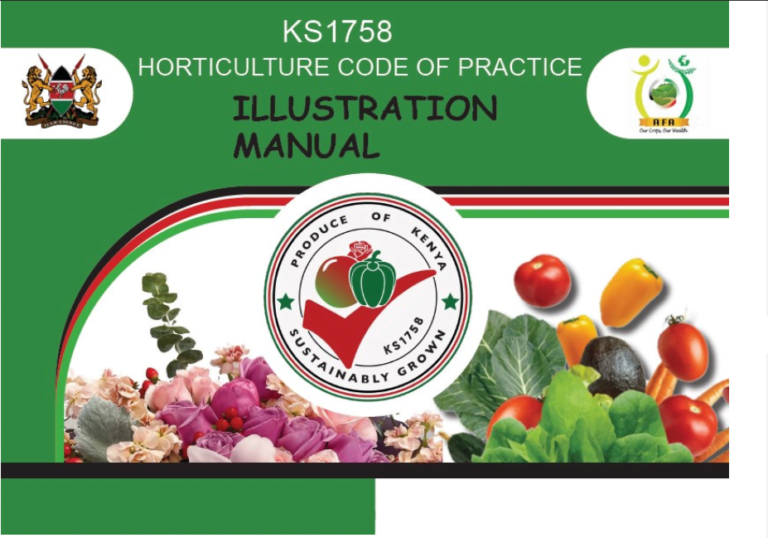Below are the procedures for import, export and transit of animal and animal products in Uganda
Importation of Live Animals and Animal Products
Pre-import Procedures
- An importer or any person wishing to import live animals/products into the Republic of Uganda shall apply for an Import Permit from the Commissioner Animal Health (CAH) prior to importation.
- The importer shall contact the Commissioner Animal Health and request for information on the protocol and animal health requirements of importation of live animals and/or products into Uganda.
- The importer shall submit a written application requesting to import live animals and /or products into the country to the Commissioner for Animal Health, at least 7 days prior to an importation.
- The application shall state the source (country) and supplier as well as type of animal, breed, sex and quantity.
- The Commissioner for Animal Health will conduct a search on animal disease status of the country of origin and the processes to which the product is subjected during manufacture to determine appropriate animal health requirements to be set in the Import Permit to manage the risk of transmitting disease by this importation.
- If the animal health requirements will mitigate the risk of transmitting disease, the Commissioner for Animal Health shall issue an Import Permit stating the animal health requirements and port of entry to be used for this particular importation (the Commissioner for Animal Health may not issue the Import Permit if this risk is deemed unmanageable).
- The importer shall send the Import Permit to the veterinary authority of the country of origin of the animals/products in order to prepare, inspect, test, certify and supervise loading the animals/goods on the shipment vessel of the respective consignment in compliance with the animal health requirement set by the Commissioner for Animal Health.
- The importer shall then confirm the specified date of arrival of the imported animals/products to the veterinary official at the specified port of entry to prepare all facilities concerned, at least 3 days in advance.

- The animals/products must be accompanied by an official Veterinary Health Certificate, in English or with English translation, issued by the veterinary authority of the country of origin, attesting that the animals/products satisfactorily meet animal health requirements set in the Import Permit
- In case that imported animals/products are for breeding purposes, or pedigree certificate, other evidence shall be presented to the veterinary inspector of the port of entry/exit
- The importer shall attach a copy of an Invoice which indicates the price of imported animals or Price List, Packing List, Air Waybill / Bill of Lading and etc. to the application
- The accompanying documents of imported animals/products shall be presented for inspection to the official Veterinary inspector to check before general inspection of the imported animals/products on arrival. The veterinary inspector at the port of entry shall inspect the documents and animals/products to detect any signs of ill health or product deviation from sanitary requirements.
- For import sanitary requirement of specific animal species, details are provided in the Annex.
- The animals/products shall be moved to animal quarantine/holding facilities after general examination on arrival.
- During quarantine period of 21-30 days, samples from all imported animals shall be collected for countercheck or tested for certain diseases as prescribed.
- In case the imported animals are sick or dead while travelling or in quarantine, all concerned shall be informed immediately. The Animal Quarantine Station (AQS) veterinary official shall take an emergency measures to investigate the disease and/or to contain the spread.
- In the case of products, the holding period will vary according to standard recommended tests
- The ultimate import license/release permit will be issued when all imported animals/products/ have passed the prescribed tests, to release them to their final destination, at the completion of post-import quarantine procedures.
Exports of live animals and animal products
- Any person wishing to export live animals must acquire a cattle traders’ license from Commissioner Animal Production and/or an export license from Commissioner Animal Health
- The exporter shall obtain an import Permit, written in English or with an English translation, from the veterinary authority of the destination country
- The exporter shall make a written application to the Commissioner for Animal Health and attach the Import Permit or animal health requirements from the destination country
- The exporter shall submit an application to the Commissioner for Animal Health requesting for a veterinary health certificate to export live animals at least 15 days prior to an exportation. The application will state the type, sex, number and age of the animals and their corresponding unique identification numbers/marks and the destination country and consignee. The application shall be attached with a copy of the export license
- The exporter shall attach a copy of an Invoice which indicates the price of exported animals or Price list, Packing list, Air Waybill / Bill of Lading and any other relevant documents, to the application
- The Veterinary Inspector authorized by the Commissioner for Animal Health shall study the history and status of animal disease outbreaks in the premises of origin and surrounding areas, conduct physical and clinical examination and laboratory tests to ensure compliance with animal health requirement specified in the Import Permit
- In a case where the exported animals were vaccinated against or tested for any disease, the exporter shall present a vaccination certificate or other evidence to the certifying veterinary inspector to guide decision making and/or to record such information in an official veterinary health certificate
- Names of the exporter and a consignee at the country of destination must correspond to those written in all documents concerned, particularly in his/her passport or other official identification held.
- CAH will issue a veterinary health certificate in duplicate, written in English, to accompany the exported animals to the country of destination.
- For animals unaccompanied, one photocopy of the veterinary heath certificate shall be additionally attached to containers or crates of the exported animals.
- For animals travelling with the owner as personal effects, an original copy of the veterinary health certificate shall be presented to the veterinary inspectors at the port of exit.
Transit of Live Animals and/or Animal Products
If animals or products from countries or zones free of diseases are trans shipped through seaports or airports in countries or zones where prescribed diseases e.g. Foot and Mouth disease (FMD), African Swine fever, Avian Influenza, Contagious bovine pleuropneumonia (CBPP), Bovine Spongiform encephalopathy (BSE) and Peste des petits Ruminants (PPR), is known to occur, they (according to OIE) shall be deemed as originating from infected countries or zones and shall therefore be prohibited from importation.
All transits of live animals and/or animal products from one country to another through the Republic of Uganda shall be authorized by the Commissioner for Animal Health.
- Any person wishing to transit live animals or animal products through the Republic of Uganda shall make a written application to the Department of Animal Health at least 3 days prior to a transit.
- The applicant must attach an import permit from the destination country to confirm that his/her goods are duly authorized to enter that country.
- The applicant shall also attach a veterinary health certificate attesting to the health status of the animal, and/or safety of the products, an invoice, packing list, Air waybill/Bill of Lading and any other relevant document.
- If all is deemed safe, the Commissioner for Animal Health shall authorize the transit by issuing a transit permit.
- The Veterinary Inspector at the port of entry/exit shall perform a general inspection on the health of all live animals or animal products in transit. Where necessary, goods/products shall be disinfected in accordance to the international guidelines of the OIE before permission to transit to the next country.
- The transit live animals or animal products may be moved to quarantine facilities if considered necessary. The owner shall be responsible for all expense incurred
- In the case of pets, a copy of the document proving ownership of the pet (name and address of pet owner) shall be presented.
In general, animals /products shall not be imported from susceptible animal populations or zones with a designated epizootic disease, or coming from a country (zone) where the prescribed epizootic disease has been recognized by the competent Veterinary authority (CVA), by the World Organization for Animal Health (OIE) or confirmed from other international information sources.




